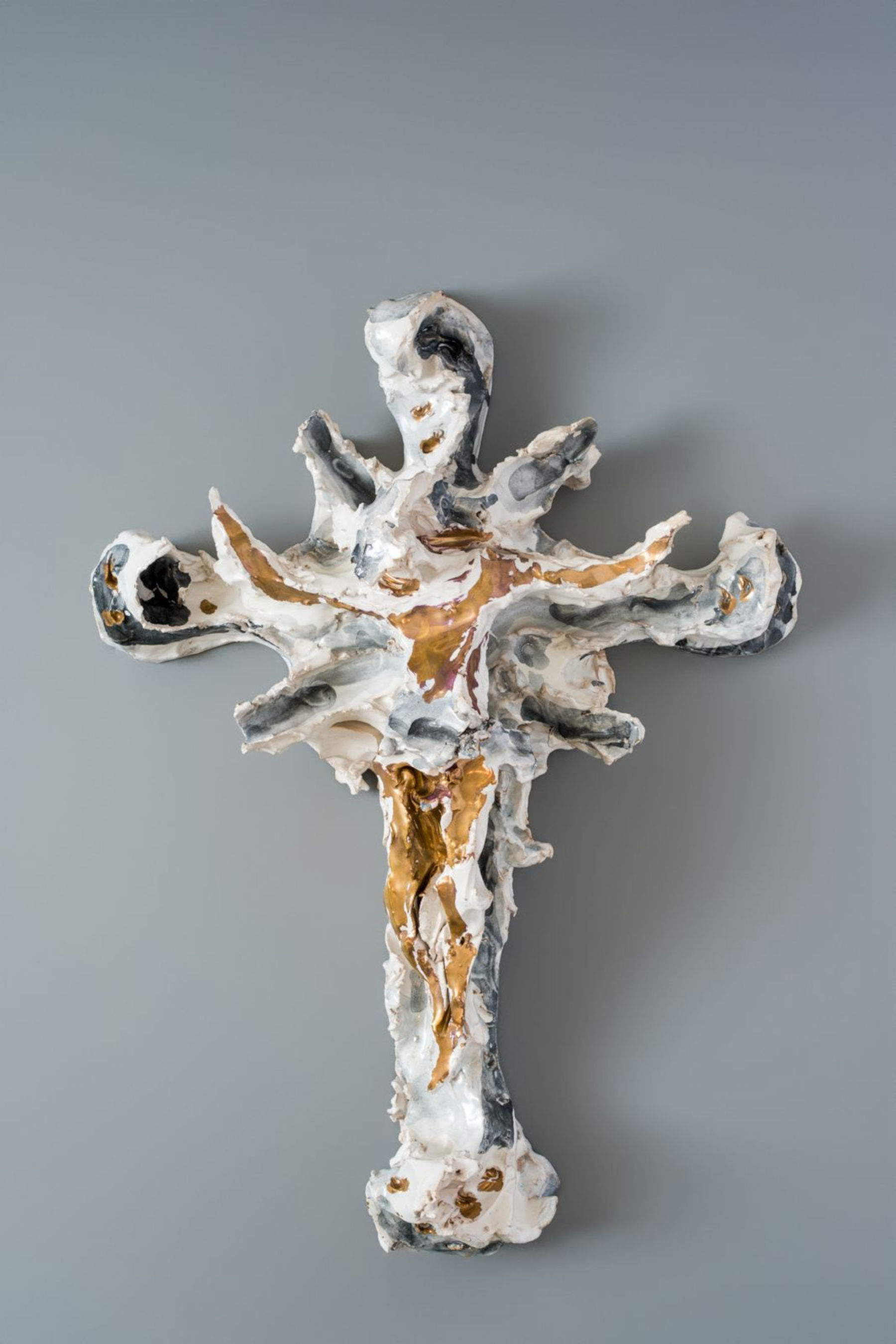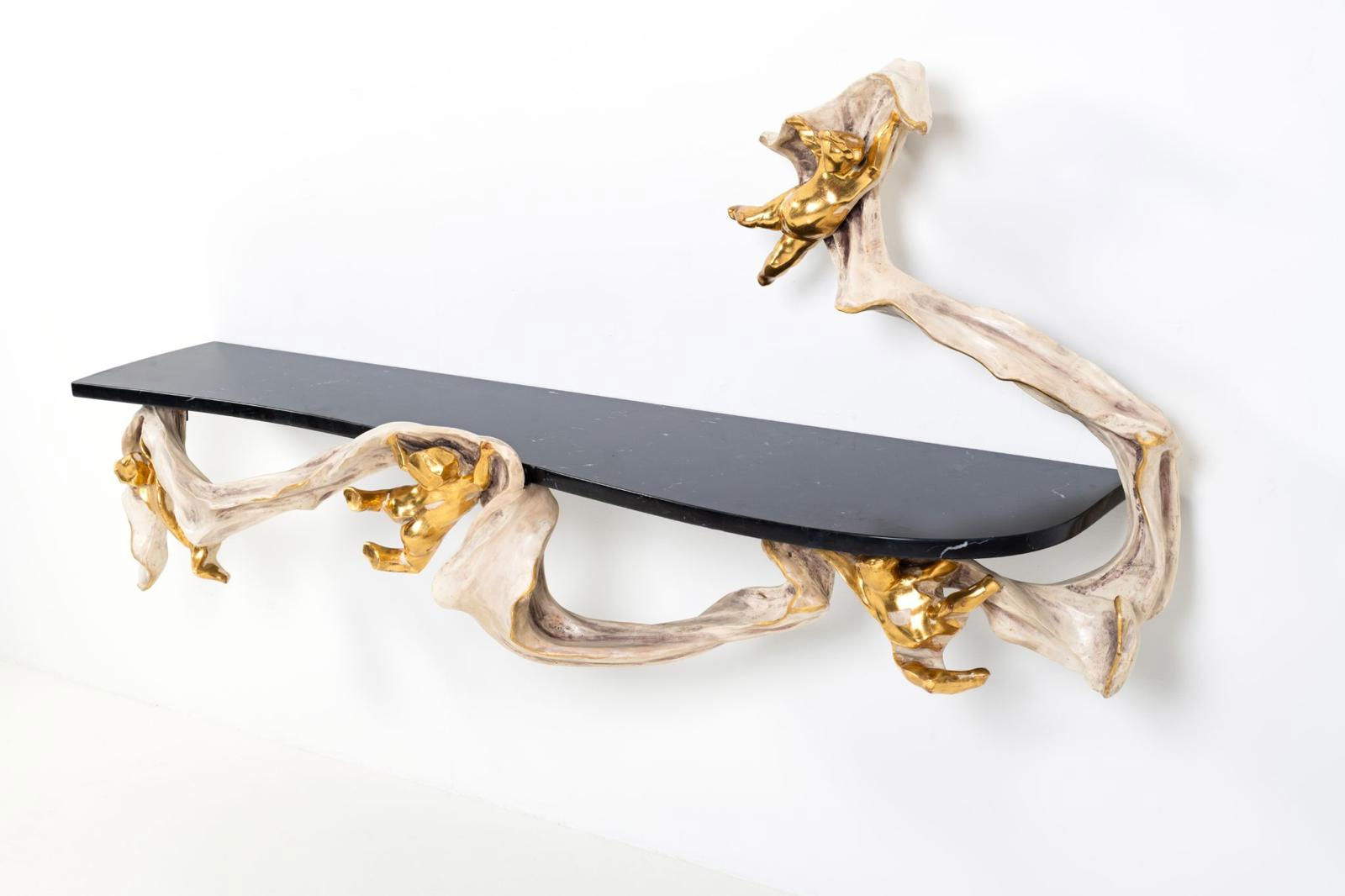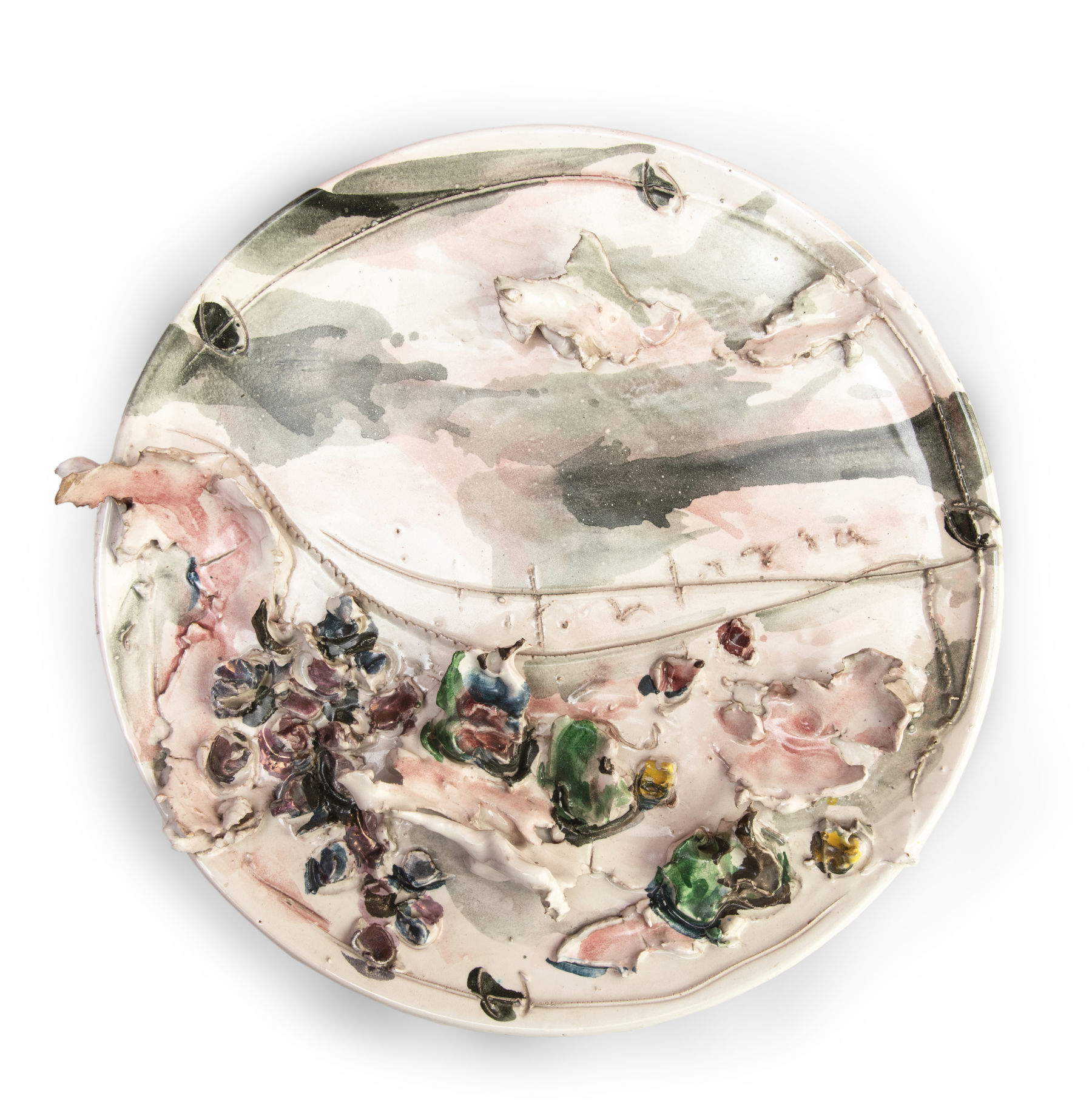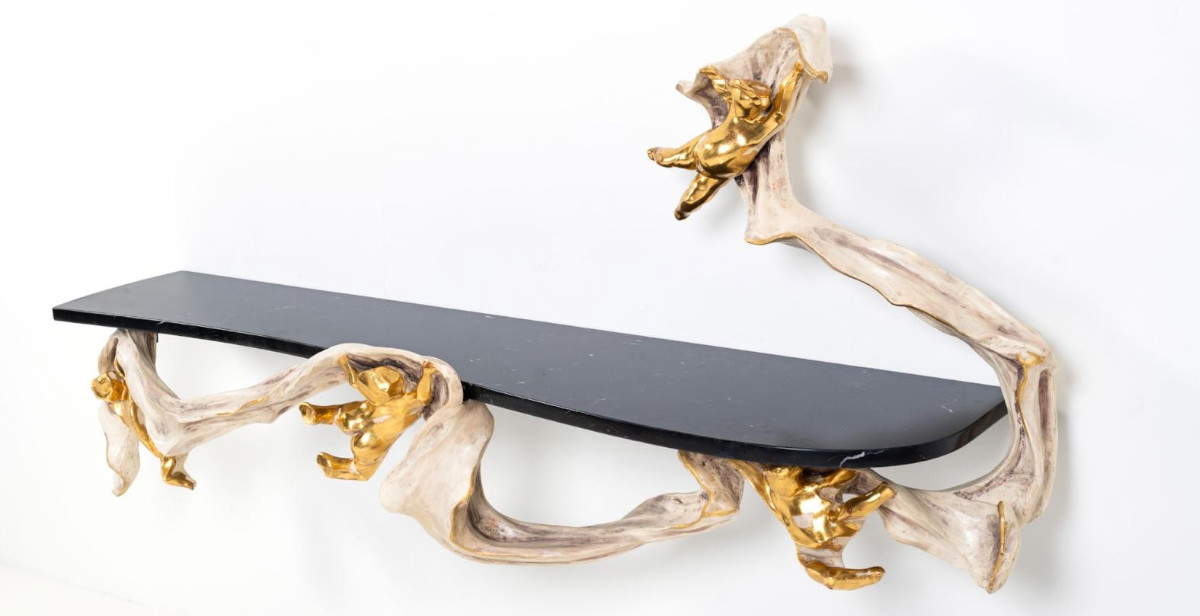From October 29 to December 2025, the Brun Fine Art gallery in Milan is hosting Lucio Fontana. Beyond the Surface, an exhibition entirely dedicated to one of the protagonists oftwentieth-century art. Set up in the spaces of Via Gesù 17, the exhibition presents works created between the 1950s and 1960s, offering an articulated look at the artist’s creative path, far beyond the famous stylistic figure of the Cuts.
The exhibition’s focus is on Fontana’s production in the period following World War II, with particular regard to postwar Milan, a city that played a crucial role in the European art scene in those years. Inserted in a context of renewal and experimentation, the artist developed a conception of art capable of transcending the traditional boundaries between painting, sculpture and architecture. Fontana thus established himself as a leading figure of Spatialism, a movement that aimed to create a poetic dialogue between art and science, proposing new readings of space and artistic creation.
The exhibition opens with works known as “ceramics,” made by the artist from 1949 onward in ceramic or terracotta. Plates, vases, small sculptures and handles coexist with examples of Spatial Concepts characterized by cuts and holes in the surface of the terracotta works. Among the pieces on display are three plates dated 1949-50 depicting a still life, Bullfighting and a Battle, flanked by three Crucifixes in glazed and third-fired painted terracotta. A 1958 sketch intended for the façade of the parish church of Our Lady of the Assumption at Piani di Celle Ligure depicts Our Lady of the Assumption and St. Michael the Archangel. The plastic rendering of the figures, outlined by curved lines etched with decisive gestures into the terracotta, suggests movement in space and the transcendence of the event depicted, with an effect that transcends the viewer’s immediate understanding.

These works were mainly produced in Albissola, a Ligurian town that offered Fontana a fertile environment for ceramic experimentation. The town, a vibrant center of ceramic production, allowed the artist to delve into the material and the power of fire, transforming ceramics into a research ground rather than a purely technical or ornamental practice. The ceramics on display are distinguished by their gestural energy: incisions, scratches and punctures animate the surface, giving the works dynamism and expressive force. In many one can already glimpse the principles of future Spatial Concepts, demonstrating the role of ceramics as a formative laboratory of the language that would make Fontana internationally famous.
Color also plays a central role in ceramic production: brilliant glazes and vitrified surfaces reflect light and establish a dialogue with the surrounding space. Ceramics thus marks a crucial phase in the artistic journey, suspended between plastic tradition and the spatialist revolution that would characterize later works.
The cycle of cuts, called Spatial Concept, Waiting, constitutes the best-known part of the artist’s career. Initiated in 1958 and developed over a decade, this strand represents the culmination of Fontana’s spatial and conceptual explorations. The canvas is first covered with a single color and, when the paint is not yet completely dry, the artist makes one or more cuts with a box cutter. Then the slits are gently widened by his fingers, a gesture described by those who knew him as similar to a caress. In that act is concentrated the essence of the research: to go beyond the surface and transform the physical act into a gateway to space.

When the engraving is single, the work takes the title of Spatial Concept, Waiting; in the presence of multiple cuts, itbecomesSpatial Concept, Waiting. The exhibition presents three Attese from the 1960s, on a red, blue and white background, openings to the unknown and to what is expected, hoped for or anticipated. The artist invites the viewer to look beyond, to the dark space behind the canvas, an undefined and mysterious place of projection and imagination. With the gesture of cutting, Fontana transcends the boundaries of traditional painting and introduces the fourth dimension, that of cosmic space, beyond form, matter and the visible.
The exhibition thus aims to provide a comprehensive view of the artist’s creative journey, moving between abstraction and figuration and experimenting with ceramics, painting, sculpture and architecture. Fontana combines traditional and innovative materials, transforming them into instruments of a continuous research on space, light and matter. To complete the itinerary, the exhibition includes a rare wall console from the early 1950s designed by architect Osvaldo Borsani in collaboration with Fontana. The sculptural support, designed and painted by the artist, testifies to the creative dialogue between the two protagonists of Italian modernism. The console table is part of a series of furniture and interiors that integrate pictorial or sculptural elements, offering a visual versatility capable of responding to the individual tastes and needs of the client.

The final section displays the Teatrini, works made shortly before Fontana’s death. These are shaped and lacquered wooden frames that enclose perforated monochrome canvases, an expression of a research that combines conceptual rigor with a playful and theatrical dimension.
“The Teatrini were a type of realistic Spatialism, even a bit in the manner of Pop Art, but always in my own way. They were forms that man imagines in space,” Fontana recalled.
The Teatrini can be considered minimal architecture, scenic spaces in which the viewer observes “beyond” the surface to an abstract, suspended scene. The shaped frame, devoid of decorative intent, amplifies the depth of the work and generates a dialogue between painting, sculpture and space. The monochrome background traversed by the holes opens as a threshold to infinity, guiding the gaze on a visual and symbolic journey.
 |
| At Brun Fine Art in Milan, an exhibition on Lucio Fontana that goes beyond the famous Cuts |
Warning: the translation into English of the original Italian article was created using automatic tools. We undertake to review all articles, but we do not guarantee the total absence of inaccuracies in the translation due to the program. You can find the original by clicking on the ITA button. If you find any mistake,please contact us.